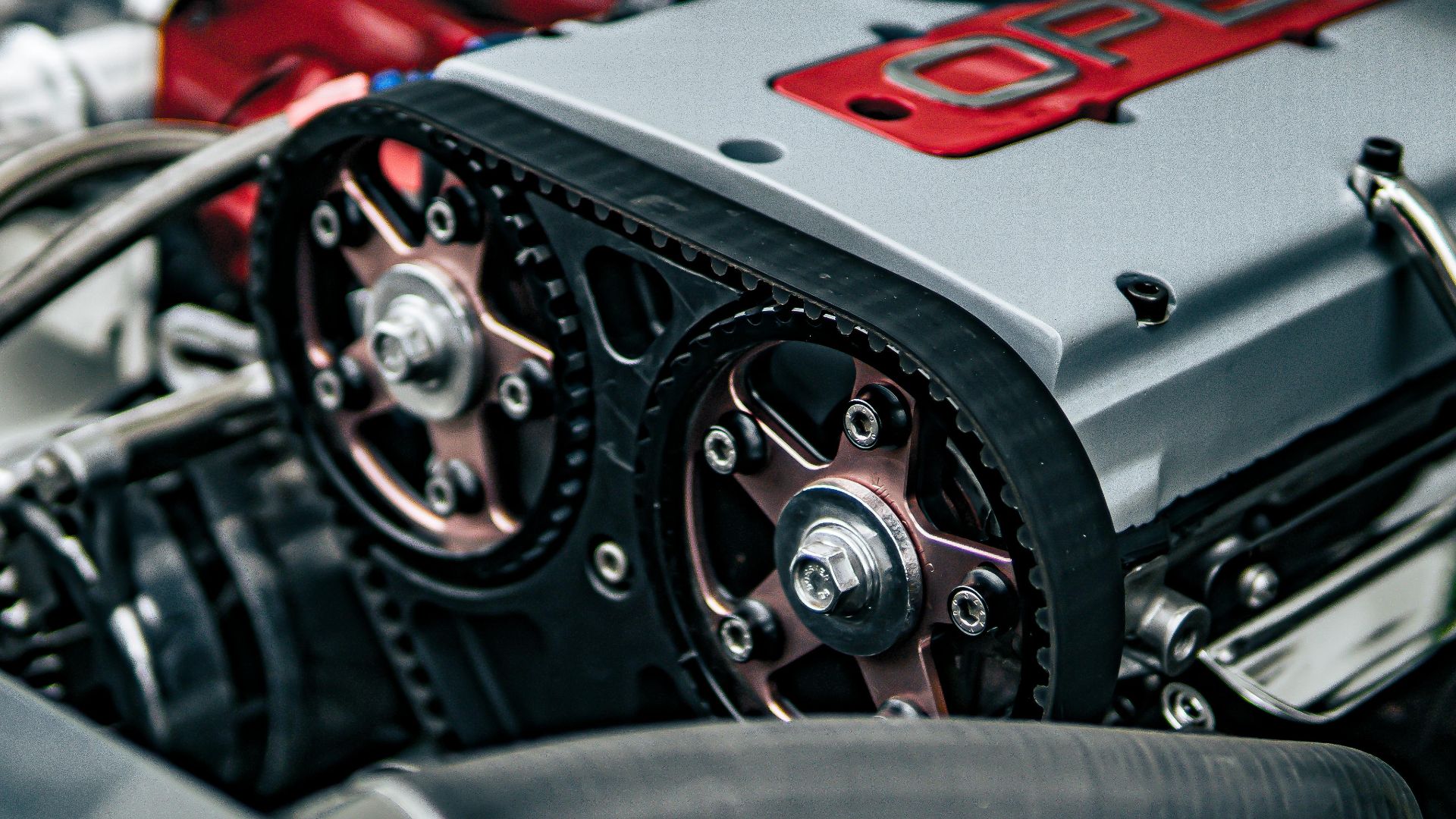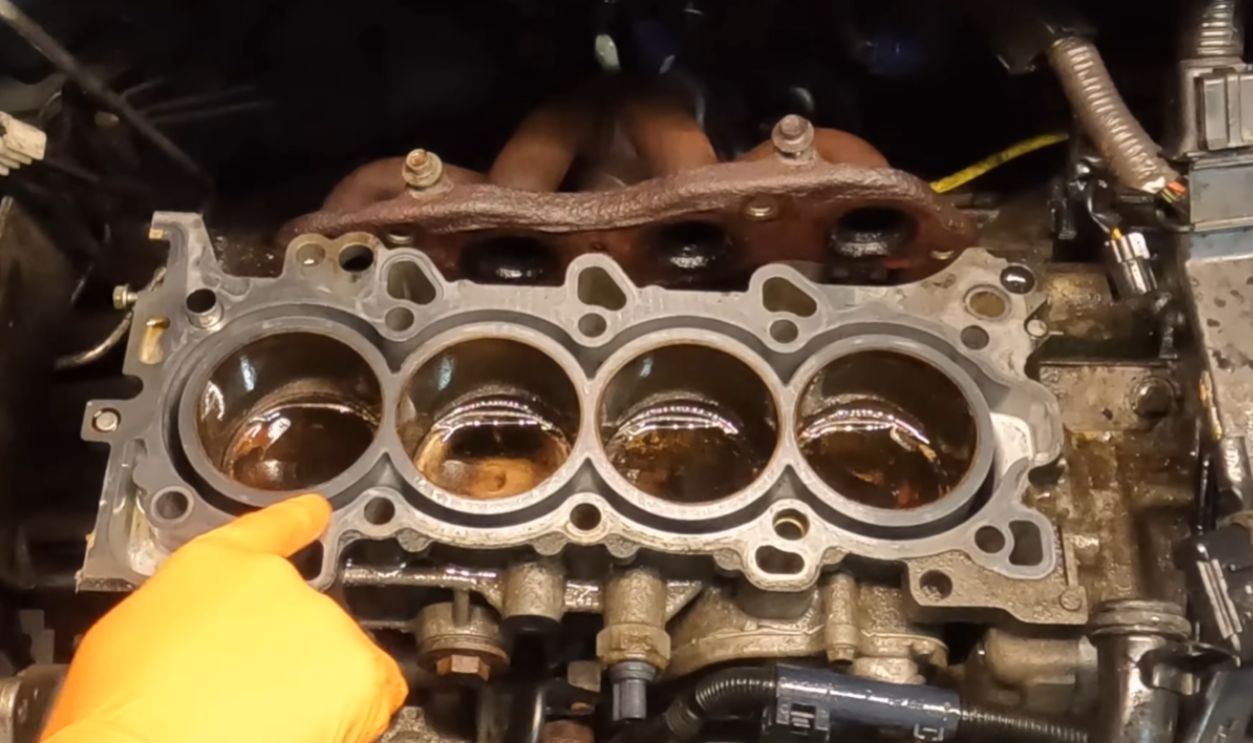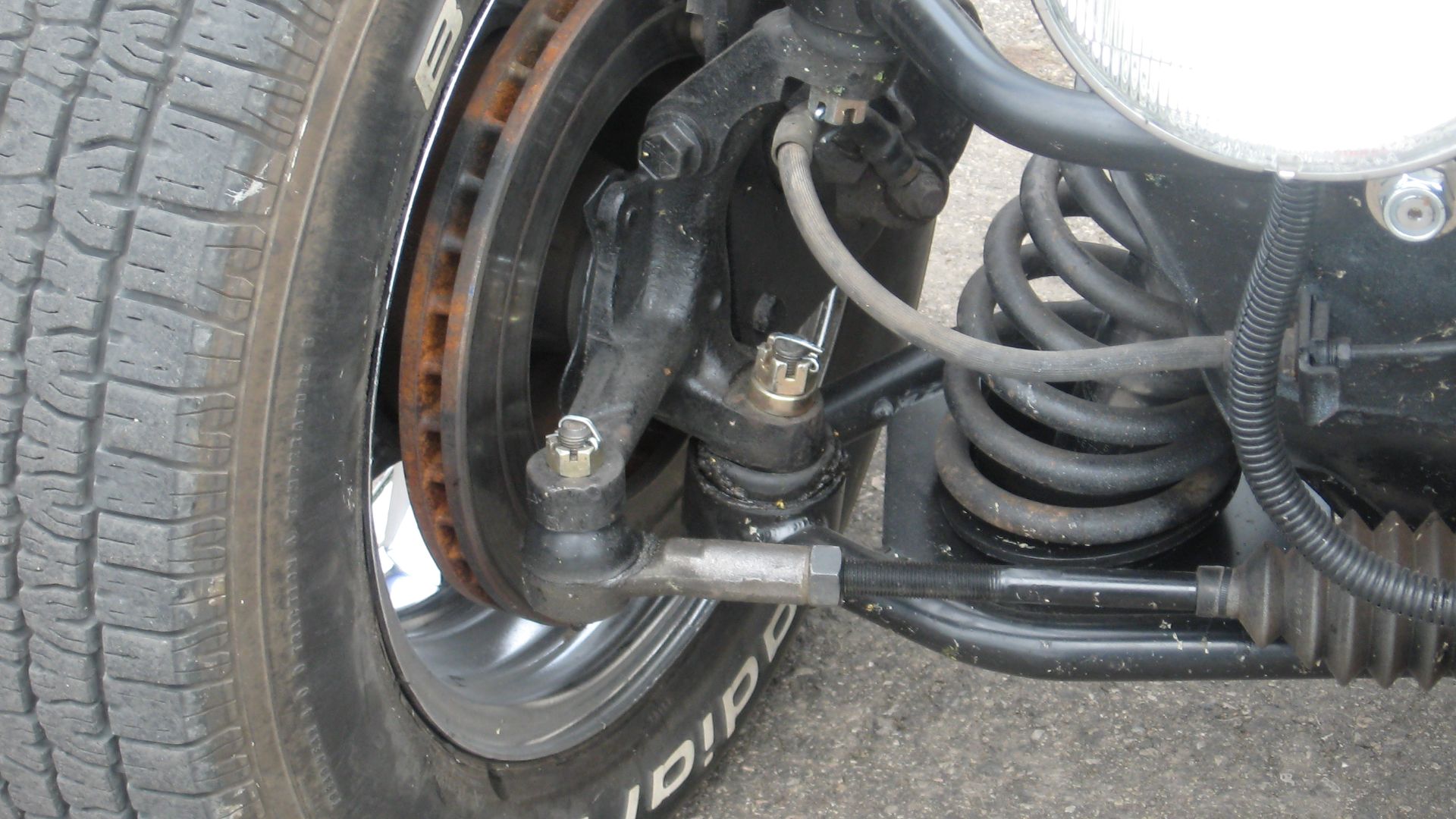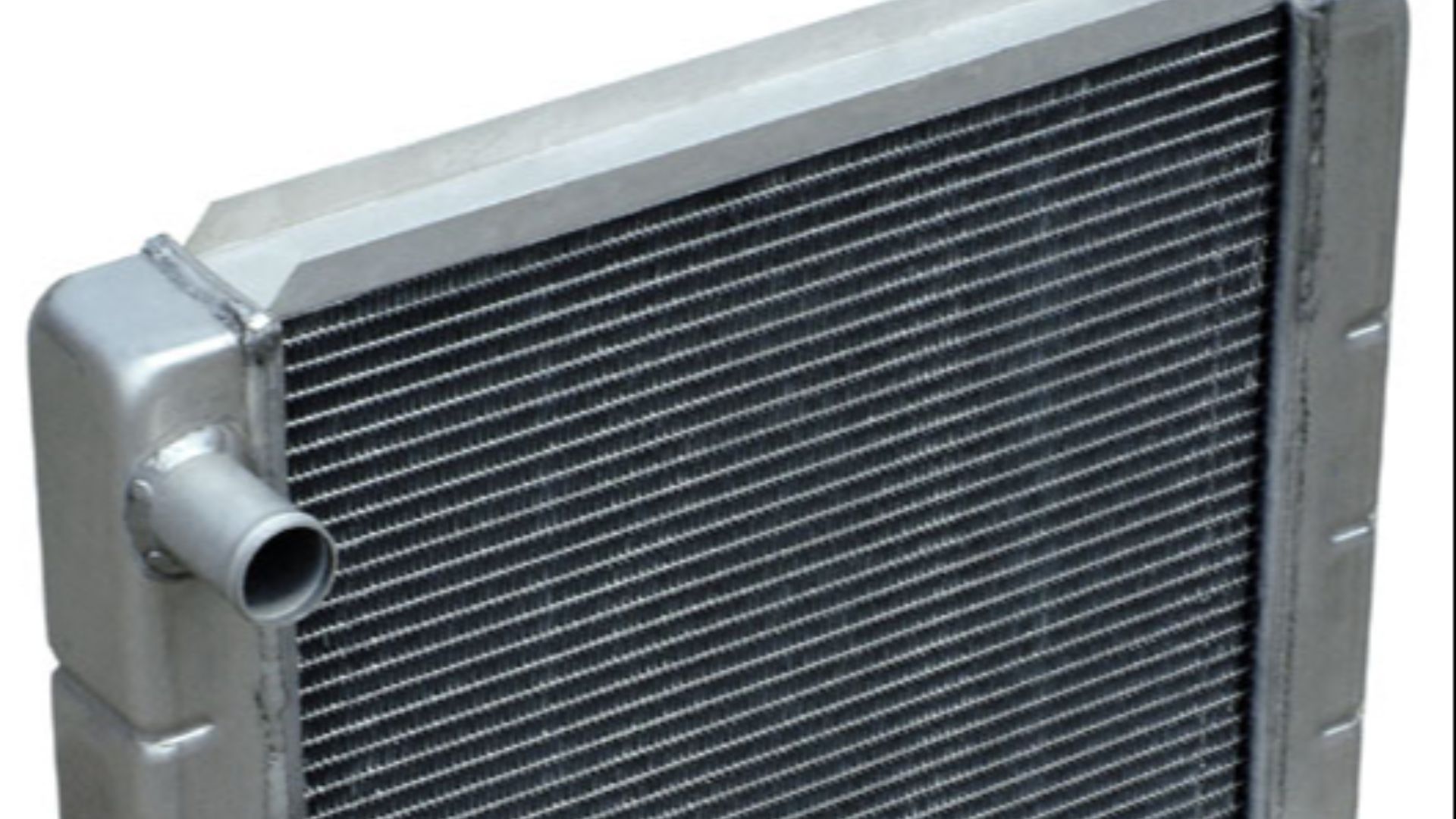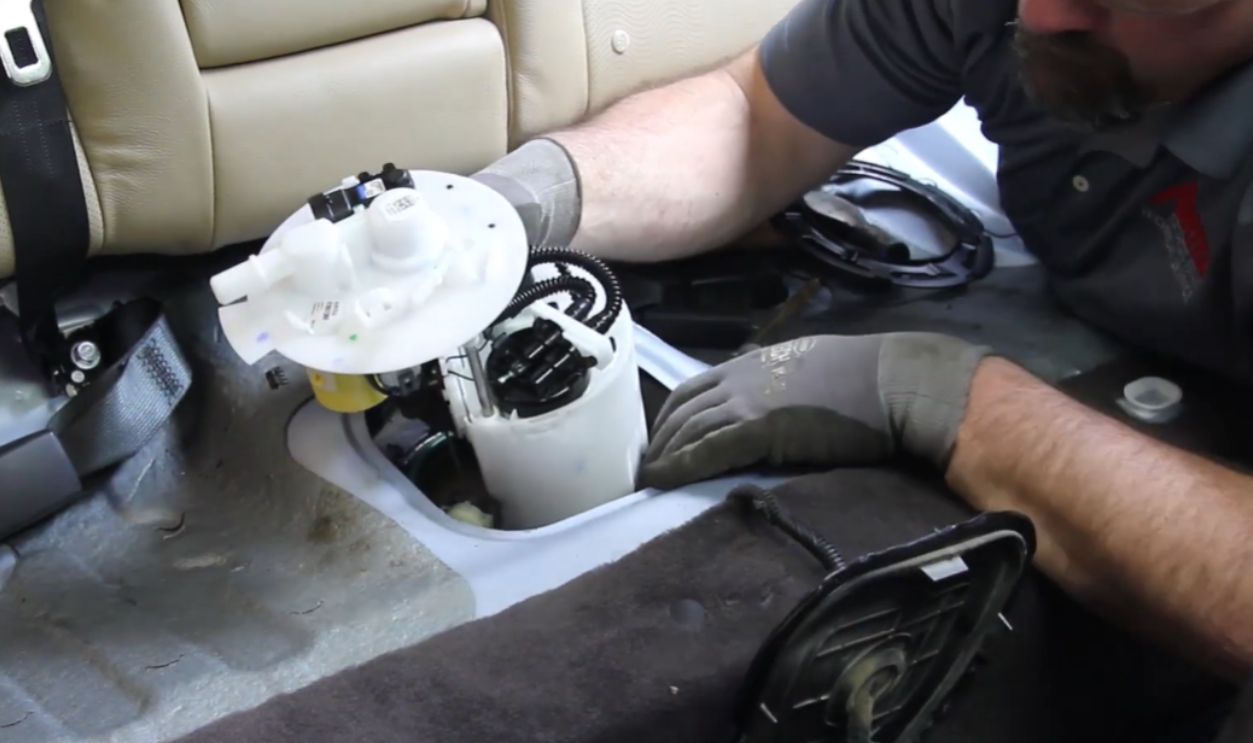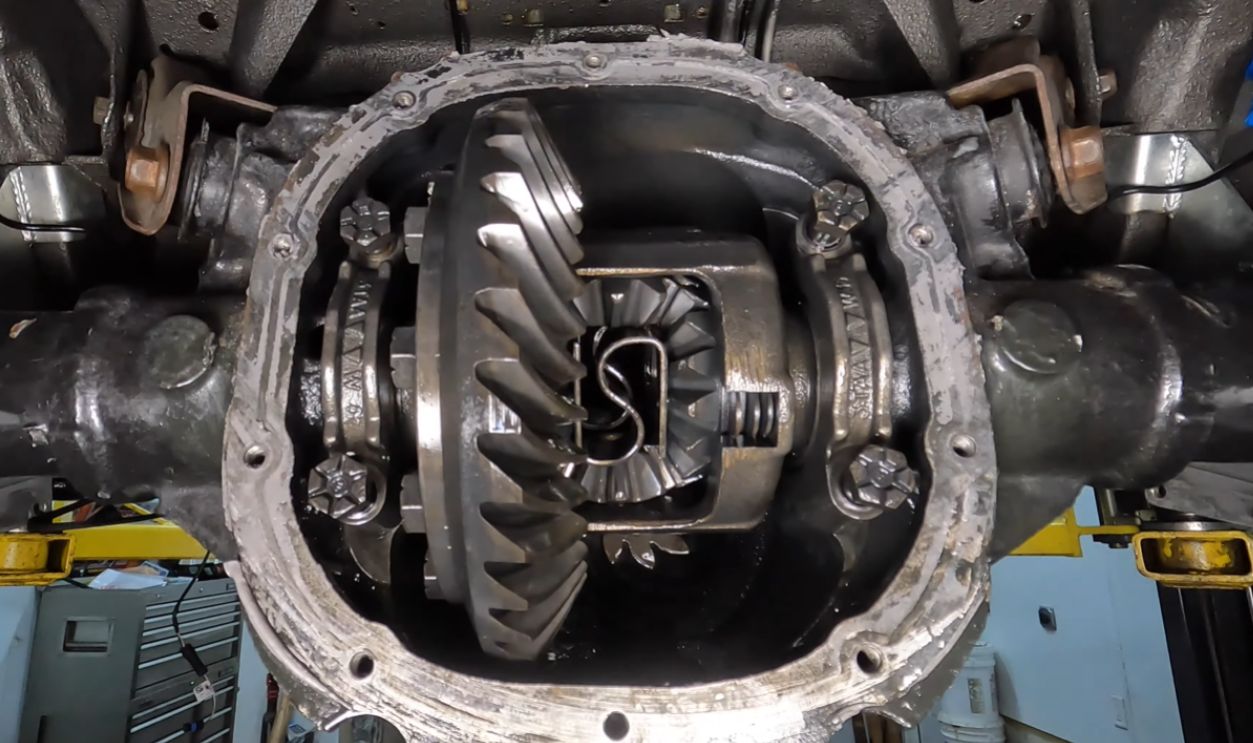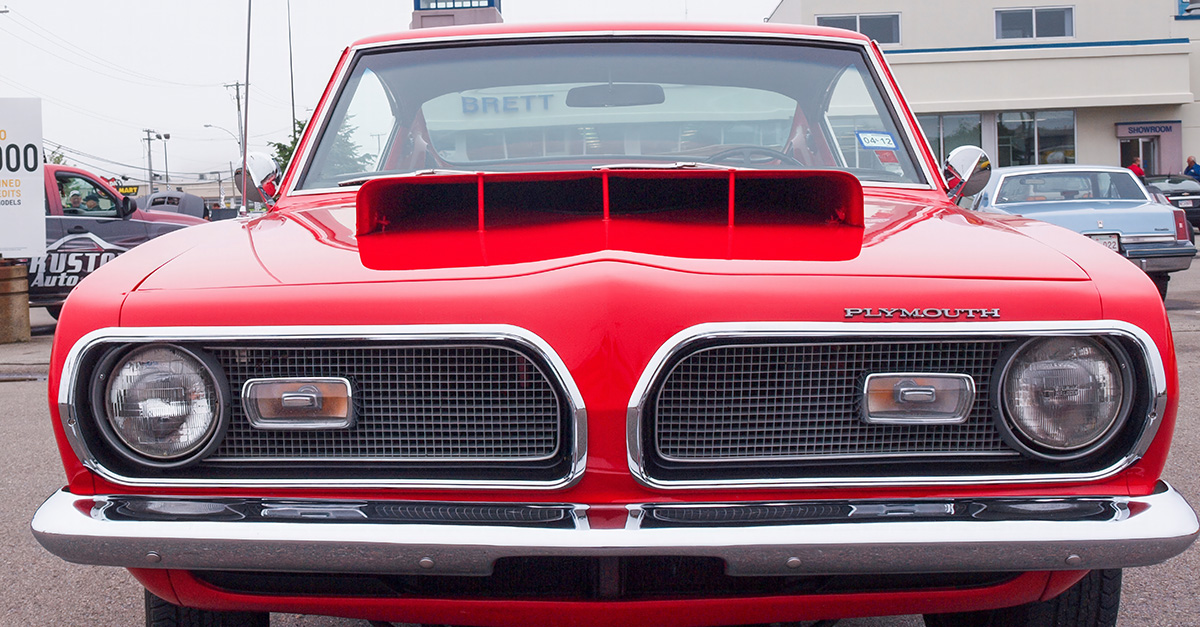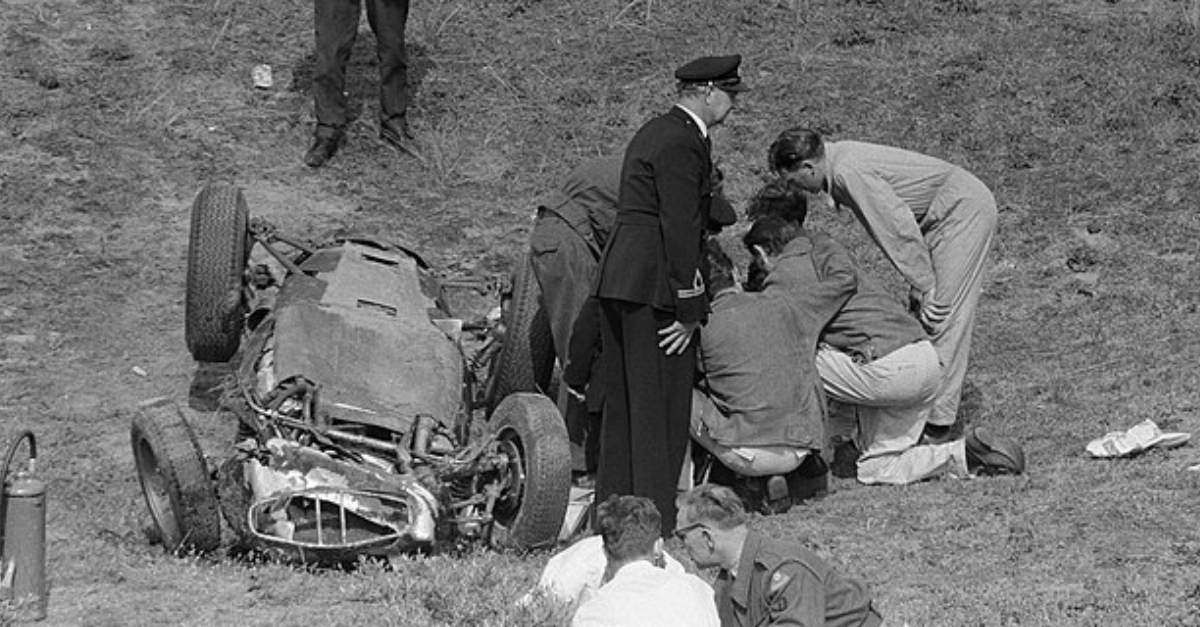Where Skill Meets Limits
Pumping gas or swapping wiper blades? Easy. Attempting the wrong fix on critical parts? That’s where problems stack up quickly, and suddenly “saving money” feels like the worst idea.

Transmission Overhauls
Transmissions aren’t just heavy—they’re labyrinths of gears, clutches, and hydraulic channels. Even veteran mechanics need specialized lifts and precision tools. Misplace one component, and you’ll turn a $3,000 repair into a $7,000 replacement. That’s why this job never belongs on a driveway, unless you know what you’re doing!
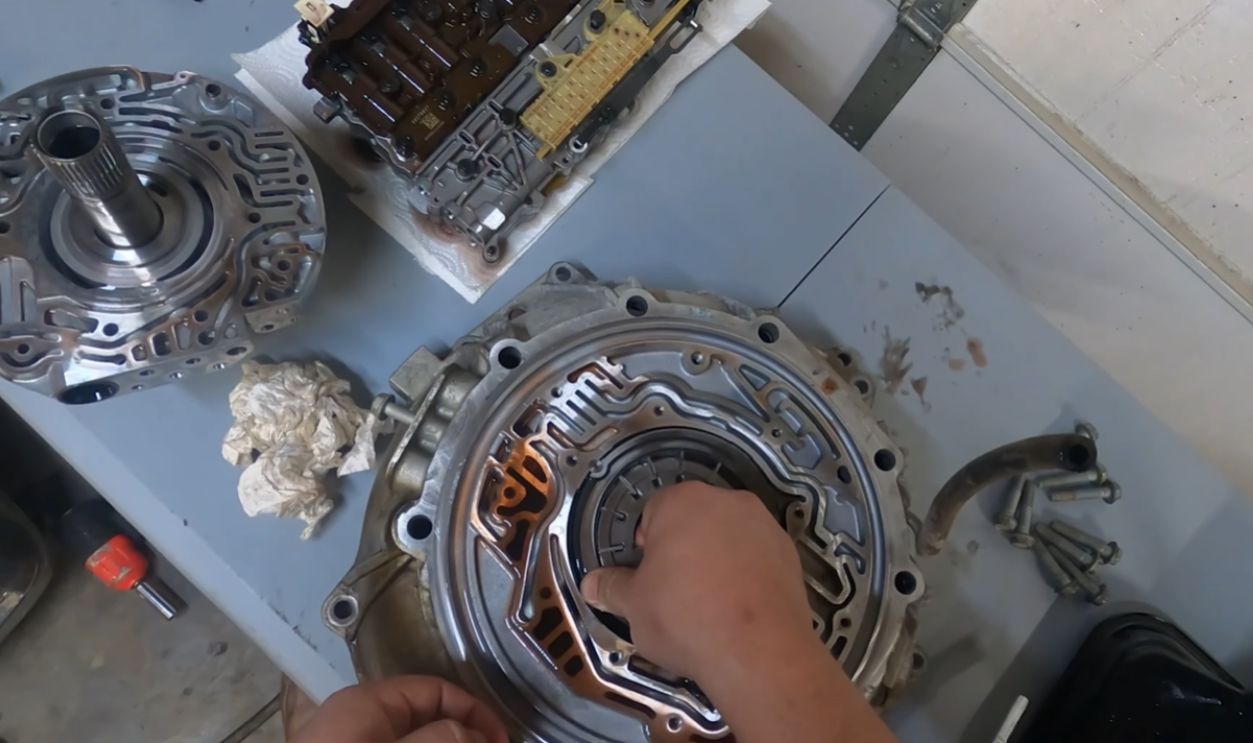 How I Saved $4000 Rebuilding My Own Transmission In My DRIVEWAY. by The Little Green Tractor
How I Saved $4000 Rebuilding My Own Transmission In My DRIVEWAY. by The Little Green Tractor
Engine Rebuilds
An engine rebuild sounds adventurous until you realize it demands micrometer-level measurements. One overlooked gasket or uneven bearing fit can cause the block to fail within minutes of operation. Mechanics undergo extensive training, often spanning days to weeks or more, on rebuilds for good reason—you can’t 'wing it' here.
Timing Belt Changes
Without experience, timing belt fixes are gambling with the heart of your car. Timing belts coordinate pistons and valves with split-second accuracy. A single tooth misaligned can cause catastrophic collisions inside the engine. Unlike replacing a serpentine belt, this repair often requires dismantling half the engine bay.
Head Gasket Repairs
Head gaskets keep oil, coolant, and combustion separated. Replacing one means tearing down the top of the engine and ensuring the block and head are perfectly flat. If you miss a warp in the surface, overheating will return instantly. That’s why professionals use machining equipment you don’t own.
Airbag Deployments
The seemingly harmless lifesaving bags are packed with explosives—literally. Mishandling one can set it off in your face with explosive-like force from rapid chemical inflation. Even removing them requires specialized safety procedures. That’s not something you can improvise safely in a garage, no matter how handy you are.
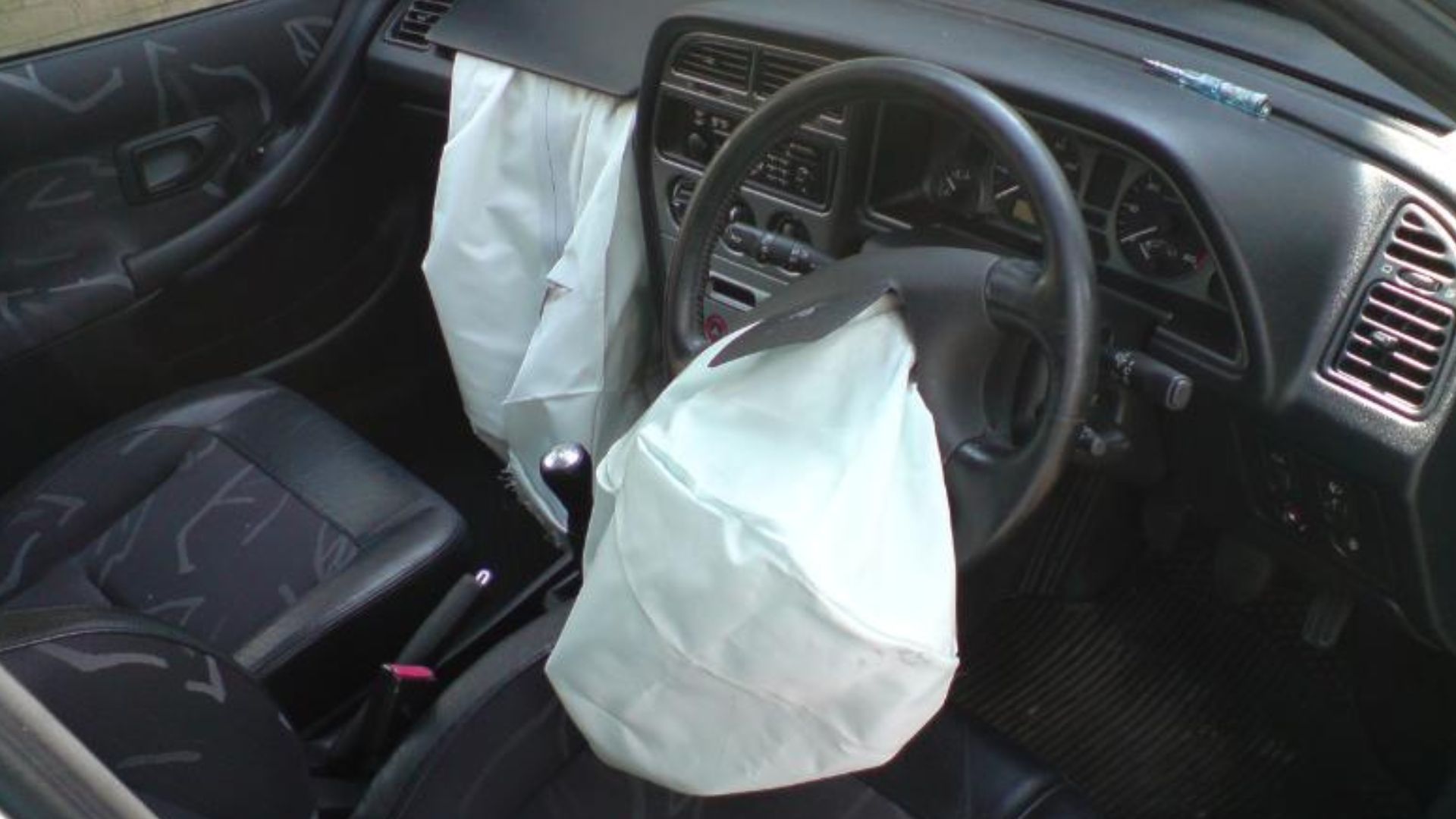 Janipewter at English Wikipedia, Wikimedia Commons
Janipewter at English Wikipedia, Wikimedia Commons
Windshield Replacements
Windshields are part of your vehicle’s safety structure. Botch a job, and a crash could send the glass flying. Better left to pros. A sloppy install risks disaster—loose glass in a crash or a roof weakened in a rollover. Plus, adhesives must cure under precise conditions, not “whenever it dries”.
 Jorgeelmv64, Wikimedia Commons
Jorgeelmv64, Wikimedia Commons
Brake Caliper Fixes
Calipers handle life-or-death pressure every time you stop. Suppose you reinstall one incorrectly, your brakes may fail without warning. It’s not just about bolting them back on—it’s about bleeding the system correctly and ensuring even pressure.
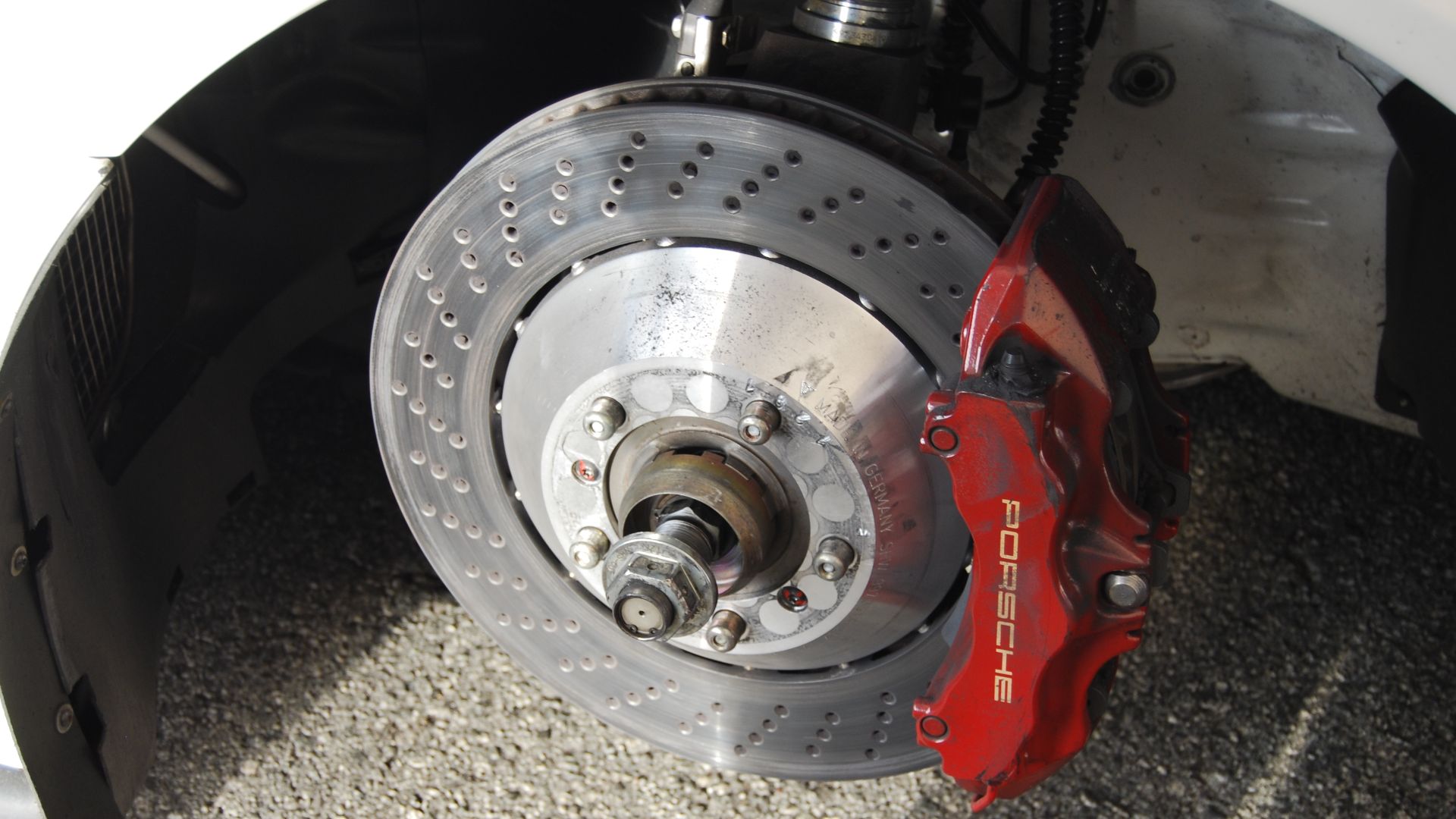 Bill Abbott, Wikimedia Commons
Bill Abbott, Wikimedia Commons
Suspension Struts
Your car's struts keep it stable, but the springs they’re attached to store enough force to injure—or kill—if released incorrectly. Professionals use spring compressors designed for the job. Home attempts with makeshift tools often end in disaster. Stability and safety ride on proper installation.
Radiator Swaps
At first glance, a radiator looks like a simple plug-and-play job. In reality, it requires precise fittings, coolant bleeding, and leak testing under pressure. Miss a small crack or skip air removal, and overheating will cook your engine faster than you realize. Not worth the risk.
Fuel Pump Installations
Fuel pumps live deep inside tanks or tucked in engine bays. And they also handle flammable liquids under pressure. A wrong installation could stall the car or start a fire. Mechanics know the proper torque and testing needed to avoid dangerous mistakes.
Electrical Wiring
Automotive wiring snakes all through the vehicle. Now, while you can trace a wire by following it, one wrong splice can short out entire systems. You could also fry a computer module. Unlike household wiring, car circuits involve sensors and relays that demand diagnostic tools most home garages don’t have.
AC Recharges
Topping off refrigerant seems harmless, but modern AC systems run on precise pressures. Overcharging damages the compressor, while undercharging leaves the cabin hot. Worse, venting refrigerant into the air is illegal and dangerous. Shops use recovery machines and gauges for a reason—this isn’t a backyard fix.
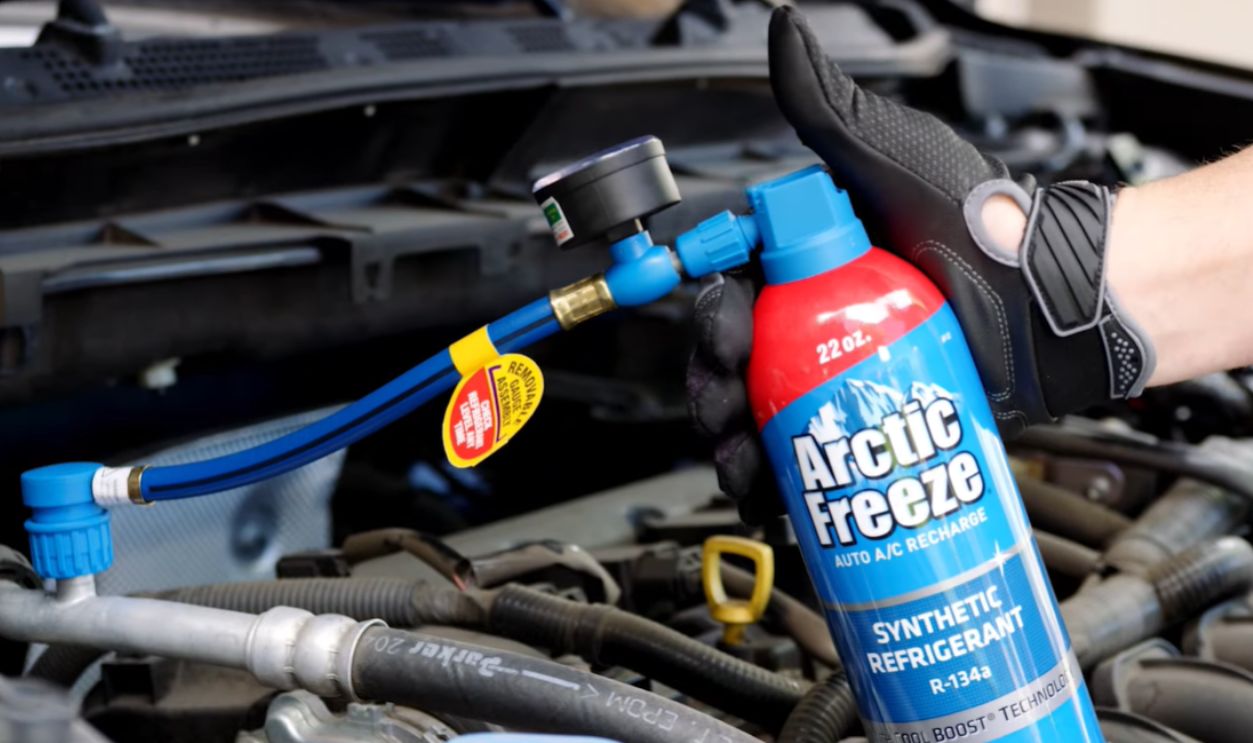 How to Recharge with Arctic Freeze® (AF22) by AC PRO
How to Recharge with Arctic Freeze® (AF22) by AC PRO
Body Rust Removal
Rust might look cosmetic, but it often hides structural weakness beneath paint. When you grind it out without reinforcement, it can weaken the entire frame, the doors, and the fenders. Professionals cut, weld, and reseal panels to prevent the cancer from spreading.
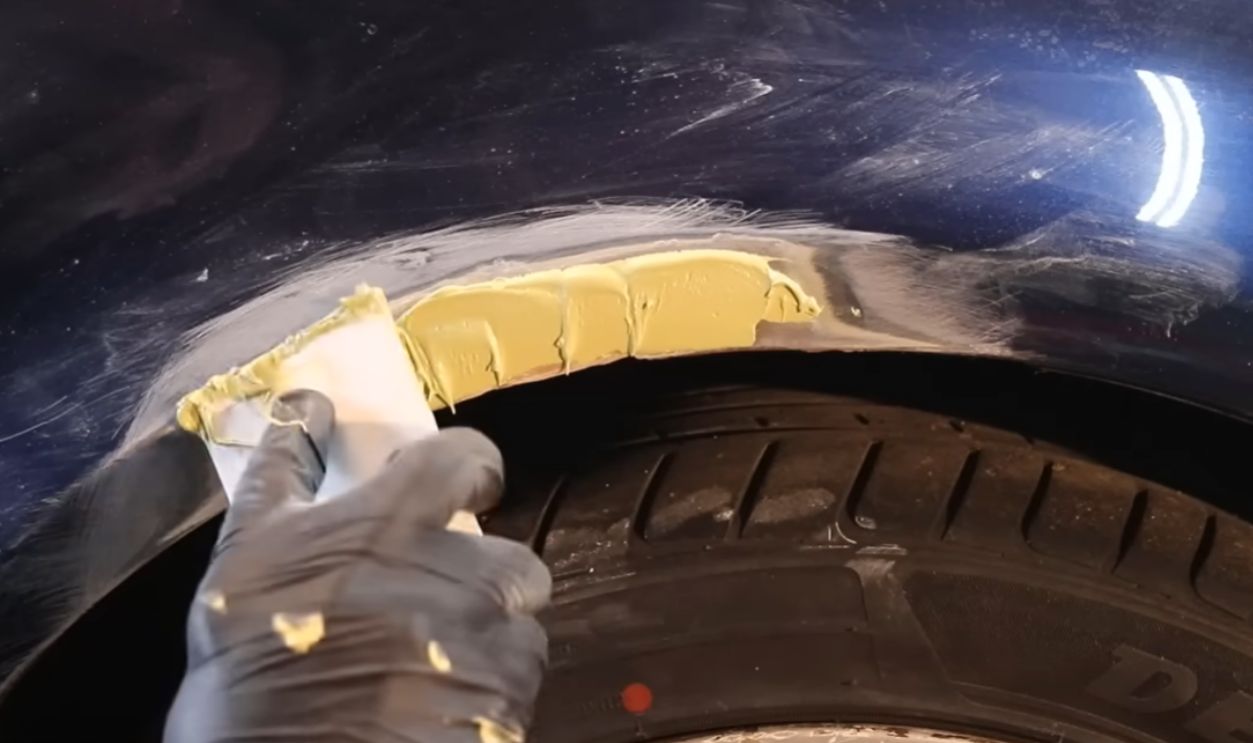 How to Repair Rust on Your Car Without Welding. Rust Removal by Mad4Motors
How to Repair Rust on Your Car Without Welding. Rust Removal by Mad4Motors
Sandblasting Jobs
The act of sandblasting removes rust and paint, but that same force can also thin or warp metal panels if applied unevenly. Without industrial-grade booths, you’ll also breathe toxic dust. Experts know how to balance pressure, distance, and media type carefully—something a DIYer might not know.
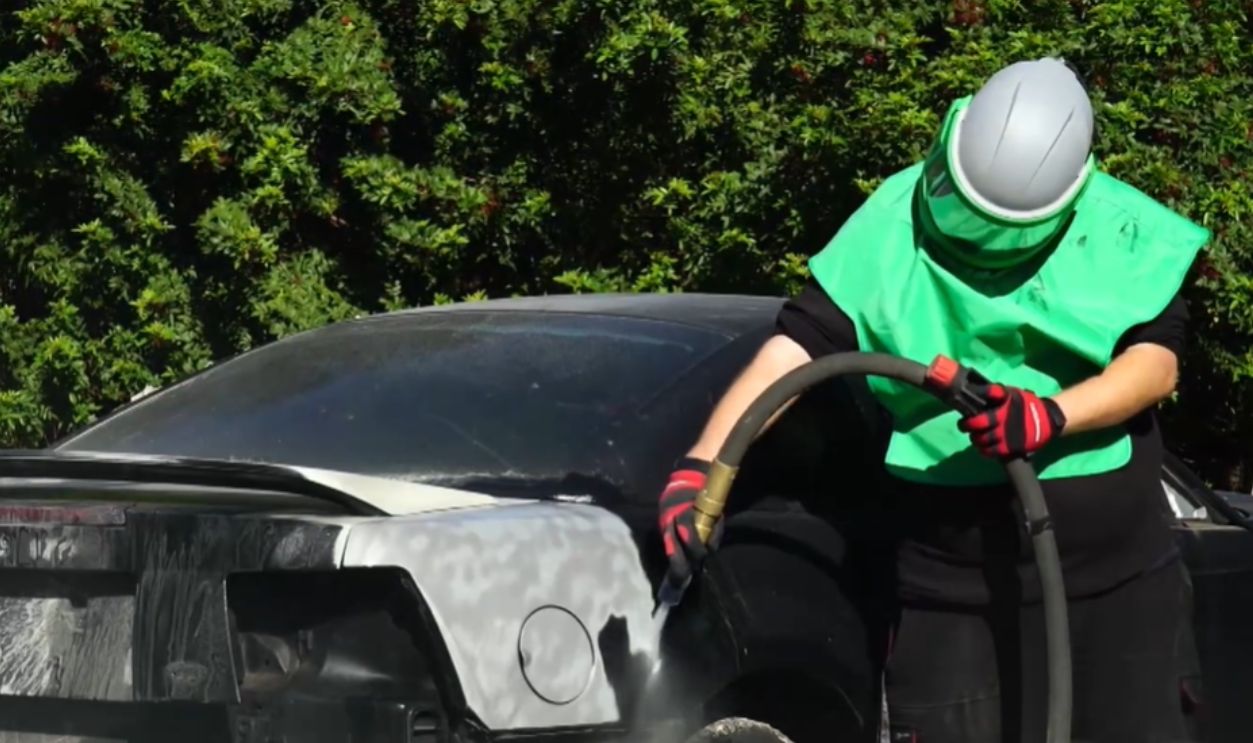 Mustang Surface Prep: Dustless Blasting on Two Guys Garage by Dustless Blasting
Mustang Surface Prep: Dustless Blasting on Two Guys Garage by Dustless Blasting
Frame Straightening
A bent frame compromises the entire geometry of a car. And realigning it requires hydraulic machines that exert literal tons of pressure. Eyeballing it with jacks and chains won’t bring back factory precision. The issues? Poorly corrected frames cause uneven tire wear and unsafe crash responses.
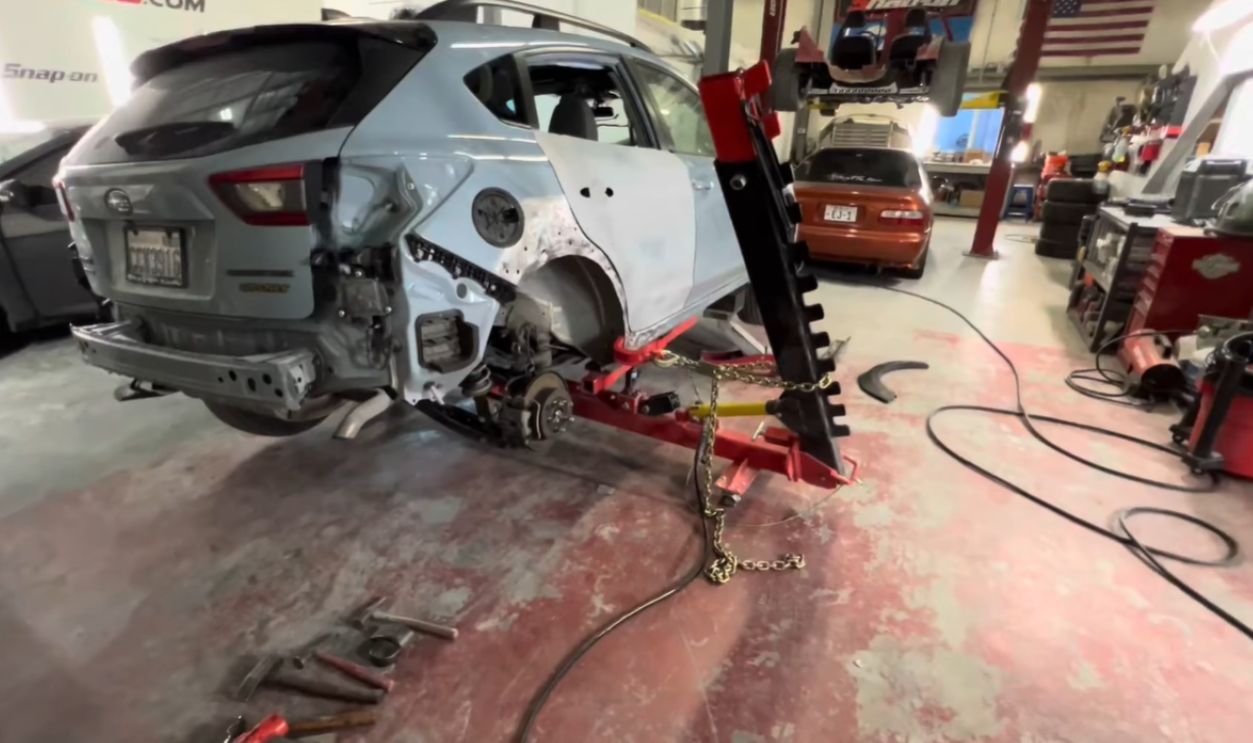 VEVOR FRAME STRAIGHTENER SETUP & REVIEW by Nitro Autolab
VEVOR FRAME STRAIGHTENER SETUP & REVIEW by Nitro Autolab
Differential Rebuilds
Gear setup requires dial indicators and experience that DIY kits can’t replace. This is because differentials contain finely cut gears swimming in specialized oil. Each piece must align with perfect tolerances to transfer power smoothly. Misalign a shim thickness by a fraction, and you’ll hear grinding followed by total failure.
Ball Joint Replacements
The car’s ball joints support your vehicle’s entire weight while steering. When someone inexperienced removes them without the proper press, they risk cracking control arms or worse, dropping the car mid-repair. An incorrectly installed joint could separate on the highway—leading to instant loss of control.
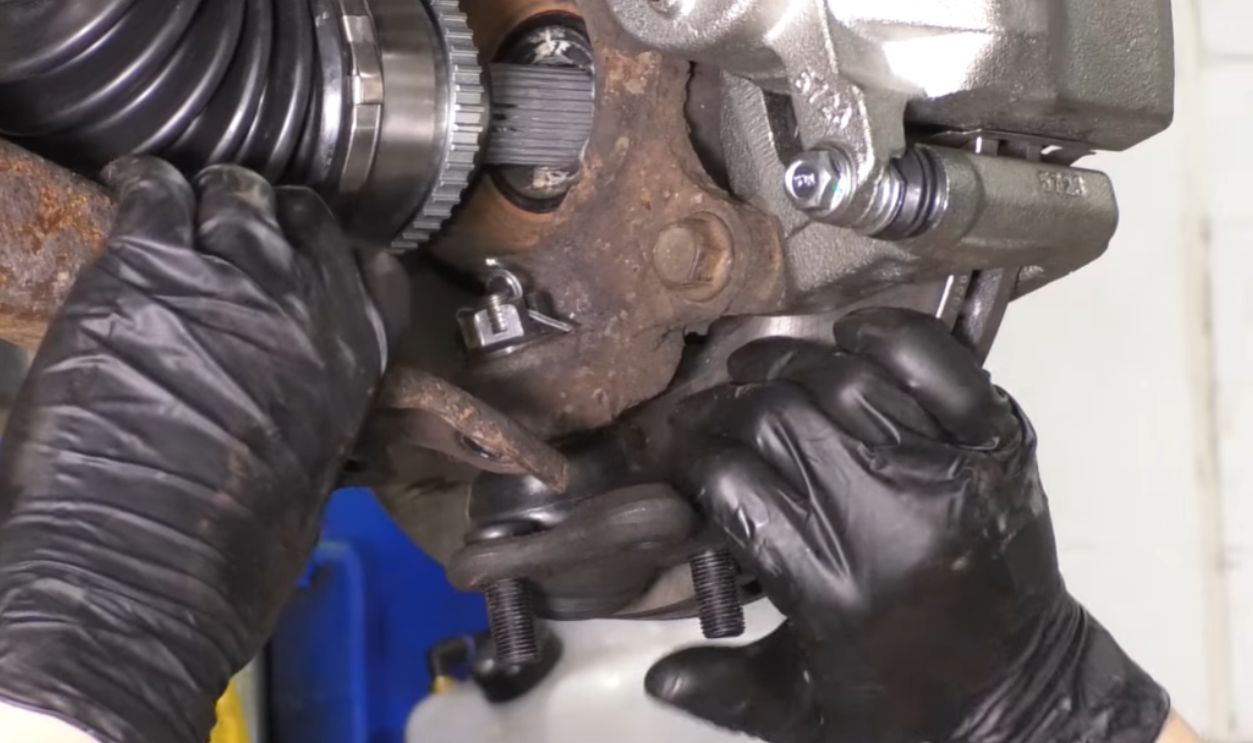 How to Replace Front Ball Joint 2003-2008 Toyota Corolla by TRQ
How to Replace Front Ball Joint 2003-2008 Toyota Corolla by TRQ
Gas Tank Welding
Welding a container that once held gasoline is one of the most dangerous jobs in automotive work. Even “empty” tanks hold fumes that ignite explosively under heat. Repair shops use specialized purging systems and replacement procedures. At home, one spark can turn a project into a tragedy.
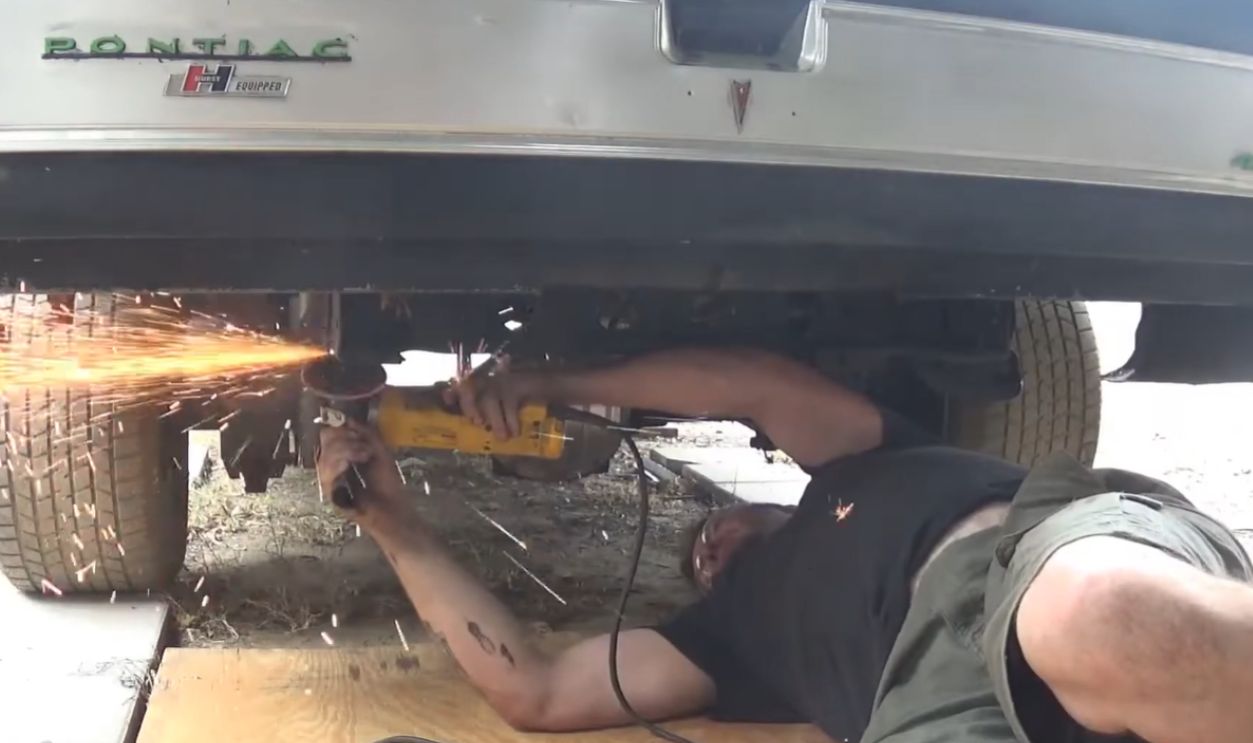 boyds welding fuel tank pontiac powered c10 ep 9 by Efurd Garage
boyds welding fuel tank pontiac powered c10 ep 9 by Efurd Garage
Check Engine Diagnostics
The check engine light is a system alert tied to dozens of possible faults. Mechanics use scan tools that pull real-time sensor data, far beyond the cheap readers sold online. Swapping parts blindly wastes money and can actually create new faults in the system.
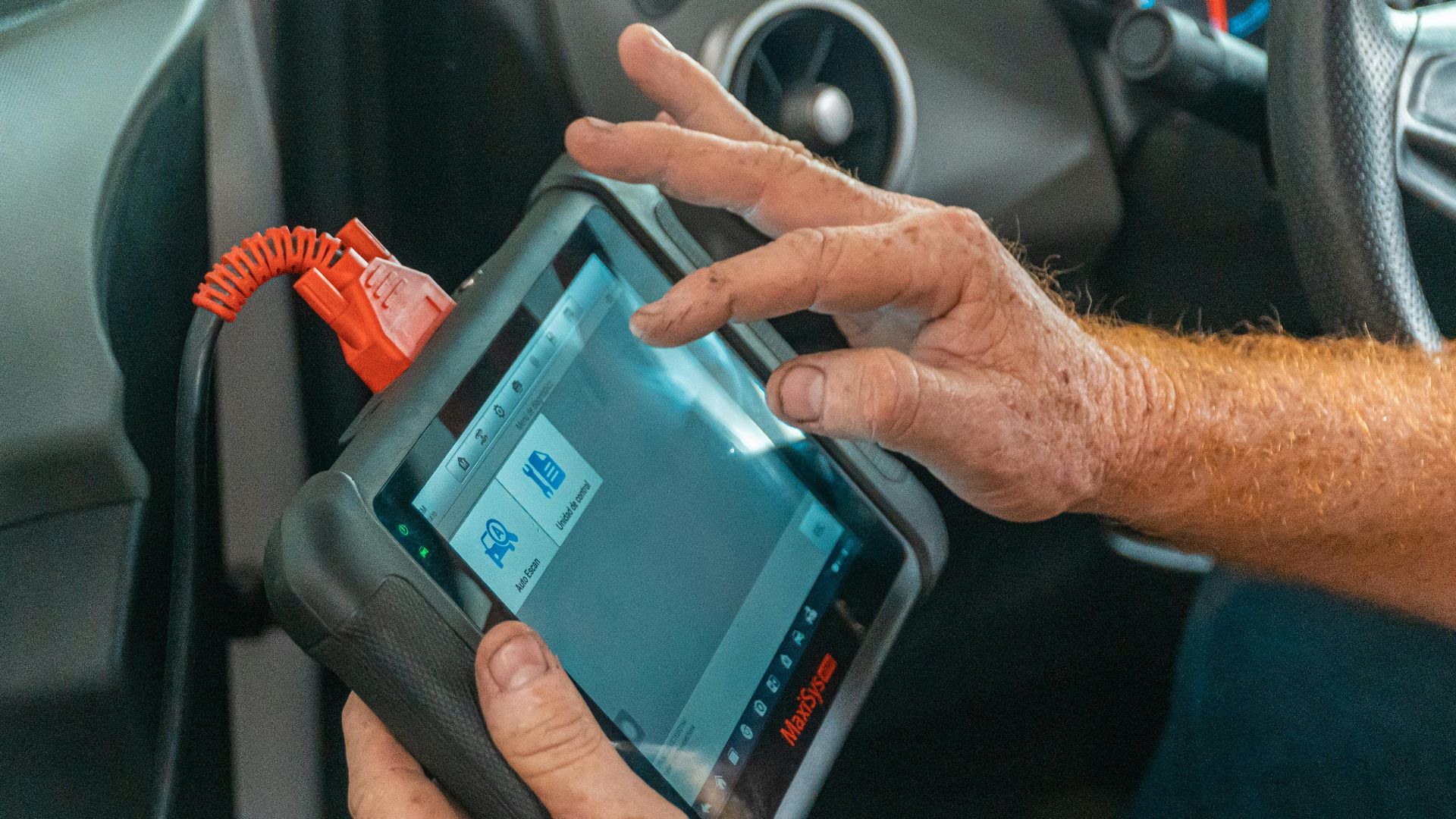 Jose Ricardo Barraza Morachis, Pexels
Jose Ricardo Barraza Morachis, Pexels
Emissions Modifications
Altering emissions systems without training is risky and even illegal in many places. Tampering with catalytic converters or sensors can wreck fuel efficiency and trigger fines. These systems are engineered to balance performance with environmental rules, and once disturbed, they rarely function correctly again without expert recalibration.
Seat Bolt Tightening
Seat bolts hold cushions in place and anchor you during collisions. To tighten them, you need to apply exact torque to prevent them from shearing under impact. Too loose, and the seat shifts dangerously; too tight, and the threads strip. Shops use calibrated tools because precision here saves lives.
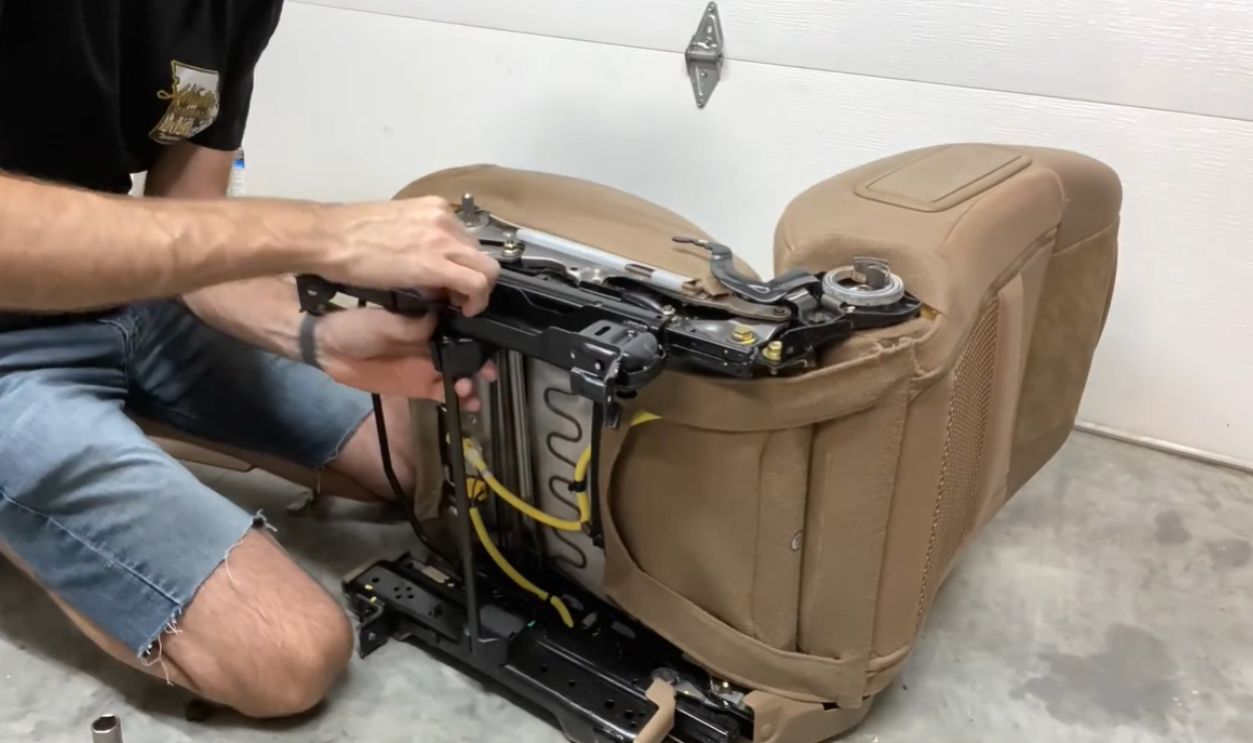 How to FIX a Rocking Honda Driver Seat (CRV, Element) by Dustin Rogers
How to FIX a Rocking Honda Driver Seat (CRV, Element) by Dustin Rogers
Cooling System Flushes
A drain and top up, right? Well, it's far more complicated than that because air pockets trapped inside can overheat the engine and warp metal. Plus, modern cars need specific coolant blends—not “whatever jug is handy”. Mechanics use vacuum machines to purge systems completely, something DIY hoses simply can’t manage.
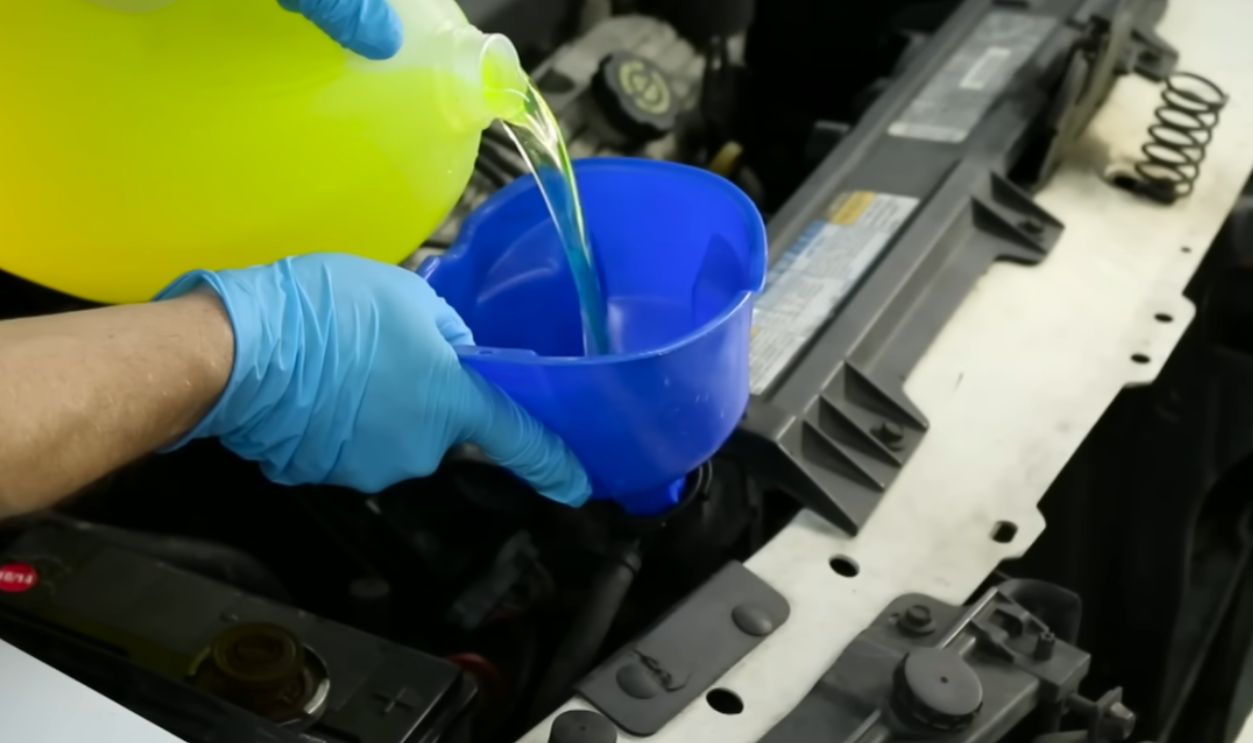 AutoZone How-To: Flushing and Filling Your Cooling System by AutoZone
AutoZone How-To: Flushing and Filling Your Cooling System by AutoZone
Tire Balancing
Tires may look uniform, but even a few grams of imbalance cause vibration at highway speeds. Experts use computerized balancers to measure down to fractions of an ounce. But tossing on wheel weights by guesswork will never smooth the ride—and it can shorten tire and suspension life.
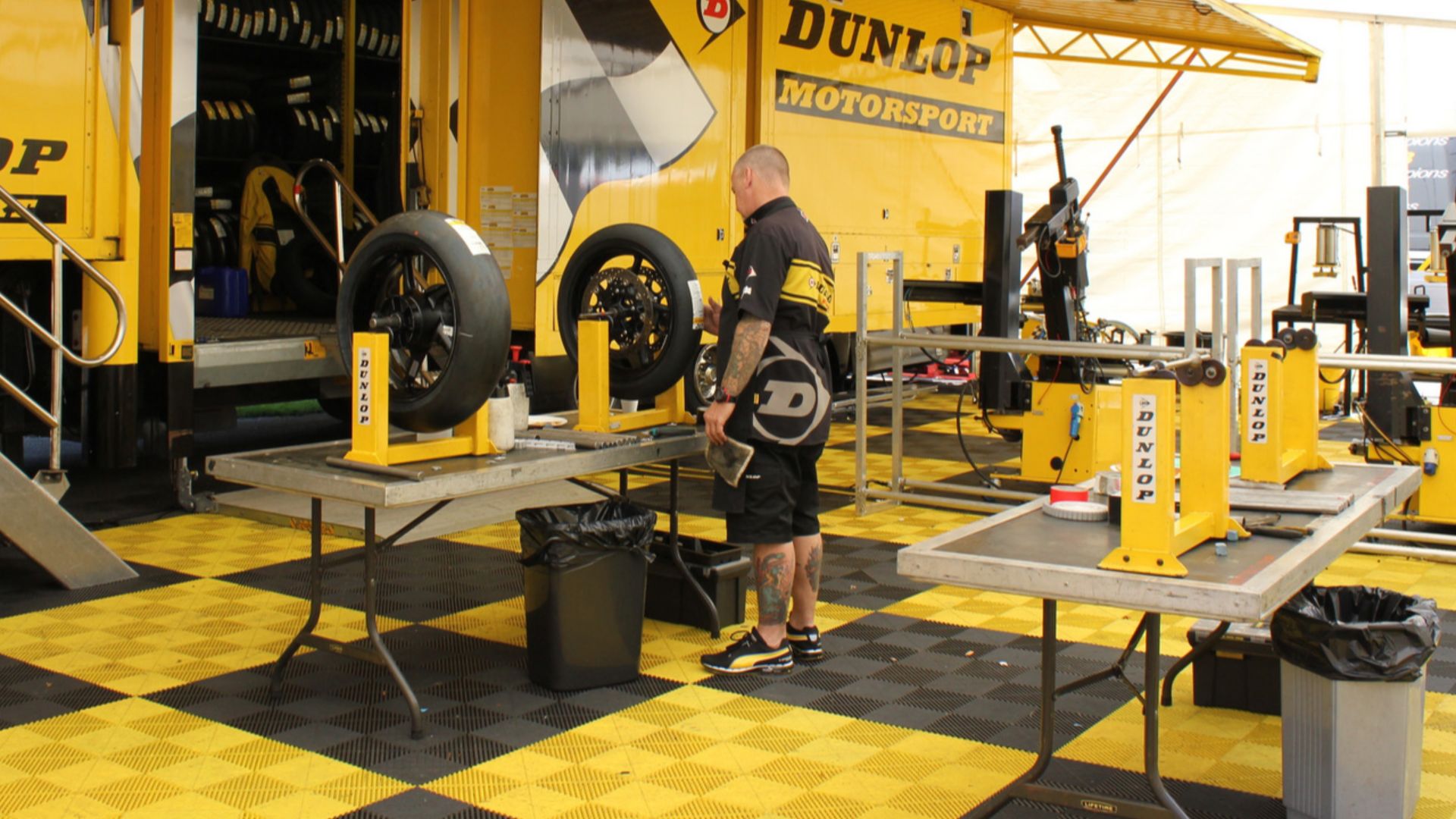 kevin rothwell , Wikimedia Commons
kevin rothwell , Wikimedia Commons
Shock Absorber Fits
Shocks keep your tires in contact with the road, but installing them requires proper alignment and torque. Without it, handling suffers and uneven wear sets in fast. Some vehicles even need recalibration afterward. Professionals ensure suspension geometry stays intact while DIY installs often skip this critical step.
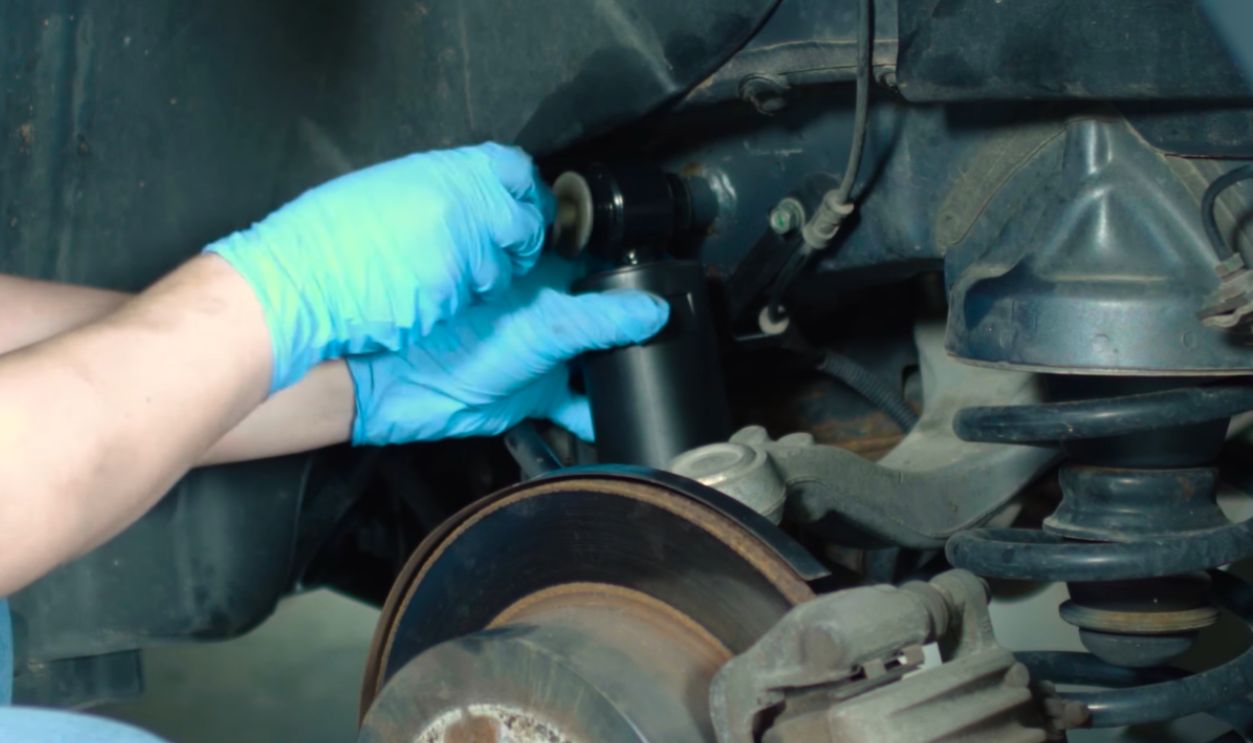 How To: Replace Rear Shock Absorbers by O'Reilly Auto Parts
How To: Replace Rear Shock Absorbers by O'Reilly Auto Parts
Computer Programming
Modern cars are rolling computers. And so, installing updates or coding modules demands licensed software and secure access, which are typically only possessed by professionals. Unlike downloading an app, auto programming often requires dealership-only servers. Without that, you risk bricking your own car.



